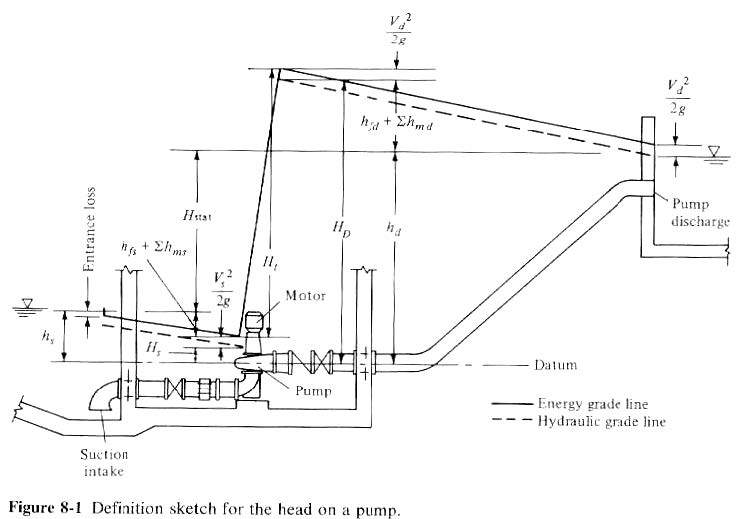I am currently working through a problem that I am not sure I can answer without trial and error. The problem:
A tank nozzle has a 90 degree bend on the inside of a tank. Flow is coming into the tank, through the nozzle and bend. The bend is ~3 inches from the tank floor. I am trying to find the associated pressure drop due to the close proximity of the bend discharge and tank floor. Additionally, since the exact distance from the tank floor to the exit of the bend is unknown, I would like to put together a chart showing pressure drop vs distance from floor.
I was thinking that I could calculate a CV factor, but I can only do that if I know the pressure drop. Any thoughts on this? Thanks
A tank nozzle has a 90 degree bend on the inside of a tank. Flow is coming into the tank, through the nozzle and bend. The bend is ~3 inches from the tank floor. I am trying to find the associated pressure drop due to the close proximity of the bend discharge and tank floor. Additionally, since the exact distance from the tank floor to the exit of the bend is unknown, I would like to put together a chart showing pressure drop vs distance from floor.
I was thinking that I could calculate a CV factor, but I can only do that if I know the pressure drop. Any thoughts on this? Thanks

